Final miles for Transat Jacques Vabre
Published on November 22nd, 2017
(November 22, 2017; Day 17) – The closest finish in Transat Jacques Vabre Class40 history is still on the cards at around 23:00 tonight (Wednesday), but the Anglo-Spanish duo of Phil Sharp and Pablo Santurde (Imerys Clean Energy) will need to play a joker from up their sleeves if they are still to be at the table and upset their French rivals on the line.
With 80 miles left to the finish in Salvador de Bahia, the three-horse race seemed to have narrowed to two as the latest generation French boats continued to pull away remorselessly from the Anglo-Spanish duo of Phil Sharp and Pablo Santurde (Imerys Clean Energy). But on the eighteenth day of the race, adrenaline is driving them all through the fatigue.
At 16:00 (UTC), V and B (Maxime Sorel / Antoine Carpentier) had edged past Aïna Enfance and Avenir (Aymeric Chappellier / Arthur Le Vaillant) into the lead, but only by 1.6 miles, with both making 9 knots in what has become a match race. Imerys Clean Energy was 33.7 miles behind.
“The end of the race is coming, the conditions for sailing are incredible, but unfortunately we’re not in the position we’d like,” said Sharp. “We lost the lead while reaching. There’s nothing we can do at this angle, these boats are faster, we did the best we could, but they’ve just been irresistible. But all is not lost, we made this small shift offshore, we had no hope staying on this line 15 miles behind. We know that at night there’s very little wind at the finish in Bahia, so you never know. We’ll give everything right up to the line.”
Imerys Clean Energy was first across the start line in Le Havre, has led the race for 12 and was first out of the Doldrums. It had a 20-mile cushion, a lot in the context of a race where one mile has sometimes separated these top three, but it proved not be a comfortable one.
The French 40ft monohulls are version 3s of the Manuard Mach 40 design and Sharp’s version 2 is simply slower in beam reaching wind angles.
“With nothing to lose, we decided to implement a different strategy – to sail further east offshore in the hope that we’d find a stronger breeze in the night,” Sharp said. “Disappointingly, this prediction didn’t materialise and the Mach 3s inshore enjoyed the same breeze. I think it will take some unlikely calms or an angry fisherman with long floating nets to slow down the front runners now – having been victim of this myself in the past, anything is possible.”
Softening winds have already seen the two French boats head right into the coast in the search for any zephyr. Imerys Clean Energy, forced further offshore looking for different wind, has gybed back towards them. Aïna Enfance and Avenir reported tearing their spinnaker and getting their keel caught on a net overnight…there are still some pitfalls along the road.
Whatever the outcome, all three boats will smash, by over five days, the Transat Jacque Vabre record of 22 days 13 hours 2 minutes 22 seconds set by the Italian duo Giovanni Soldini and Pietro D’Ali on Telecom Italia in 2007 (the first time Class40 had been included in the Transat Jacques Vabre and the last time the race went to Salvador).
Race details – Entry list – Tracker – Facebook
13th edition of the Transat Jacques Vabre
• Biennial doublehanded race now 24 years old
• Two founding partners: the city of Le Havre and brand Jacques Vabre
• Four classes on the starting line: Class40, IMOCA, Multi50, and Ultimate
• Starting November 5 in Le Havre (FRA) for the 4350nm course to Salvador de Bahia (BRA)
n 2013, and again in 2015, all the boats flew past Salvador de Bahia, sails filled by the trade winds of the south-east, under the tropical sun…One imagines that they dreamt of finally finishing their race in All Saints’ Bay. In 2017, it will be a reality!
After the start line and a coastal route as far as Etretat, the duos will head towards Brittany to get out of the Channel as quickly as possible, where the currents are powerful, cargo traffic dangerous, and a lot of attention is needed.
They will then enter the Bay of Biscay, where, depending on the position of the Azores anticyclone, they will either find downwind conditions, easy and fast, like for the last Vendée Globe, or tougher and slower conditions in the passage of some late autumn depressions.
Four hundred miles later, having passed Cape Finisterre, the northern Portuguese trade winds should propel them quickly towards Madeira, and then the Canary Islands, where awaiting them will be northeast trade winds, which could be strong or weak.
Passing close to the Portuguese coast, or offshore, to the east or west of the Canary Islands and then the Cape Verde islands – you have to choose the right options. The next goal is to establish your position for the crossing of the dreaded Doldrums, located a few degrees north of the equator. At this time of year, it can change position very quickly, extend or contract, because even after carefully studying of the satellite images, sudden squalls can develop and stall the competitors under a good shower without wind for hours.
This passage is crucial in the Transat Jacques Vabre racecourse. Further west… Further east… After the calms, rainy squalls, with too much or no wind… The final goal is to get out well-positioned enough to benefit first from the southeast trade winds and to cover the remaining 850 miles towards the finish,passing along the islands of Fernando de Noronha, along the coast of Brazil and finally heading northwest into the magnificent All Saints’ Bay.
This transoceanic racecourse from North to South is more demanding than a transat from East to West; it requires the skippers to have sharp tactical and strategic qualities, good weather training, to be in excellent physical condition to maintain a sustained speed in the trade winds… And to have a lot of patience to cross the equator.
Source: Transat Jacques Vabre


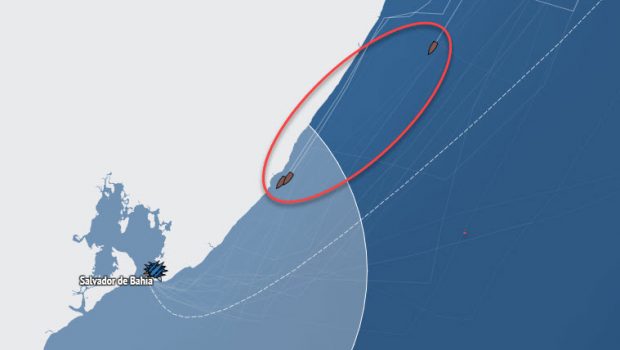

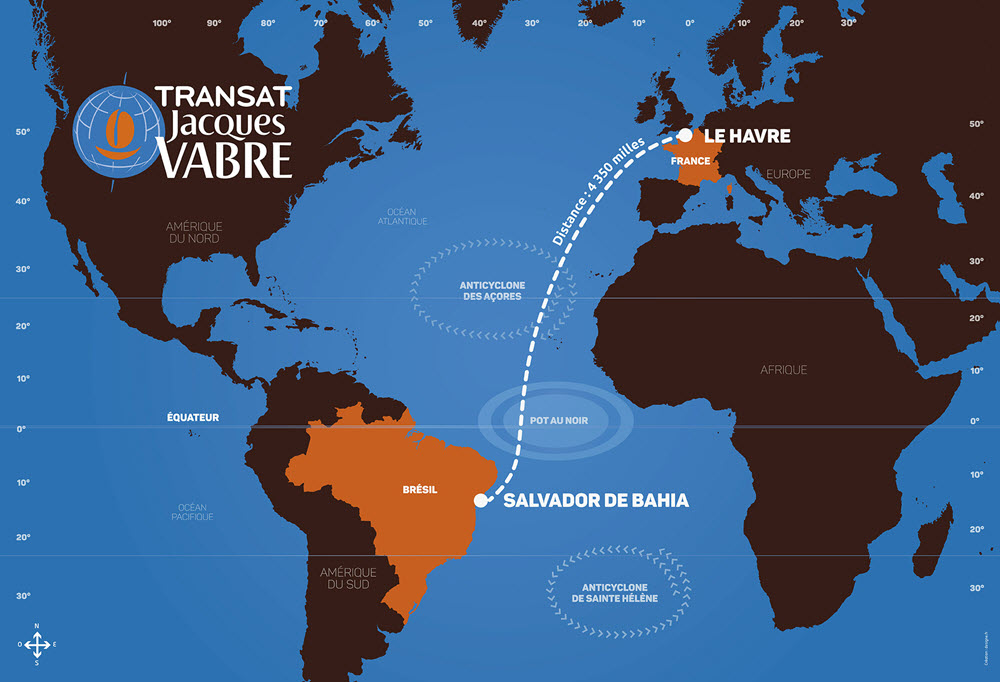

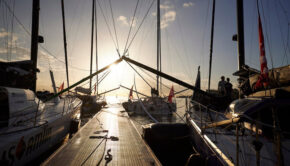
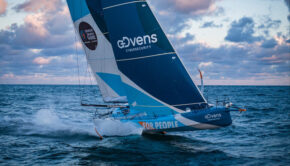
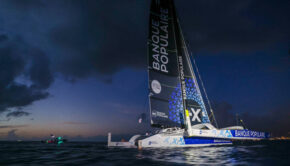
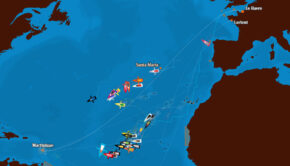
 We’ll keep your information safe.
We’ll keep your information safe.